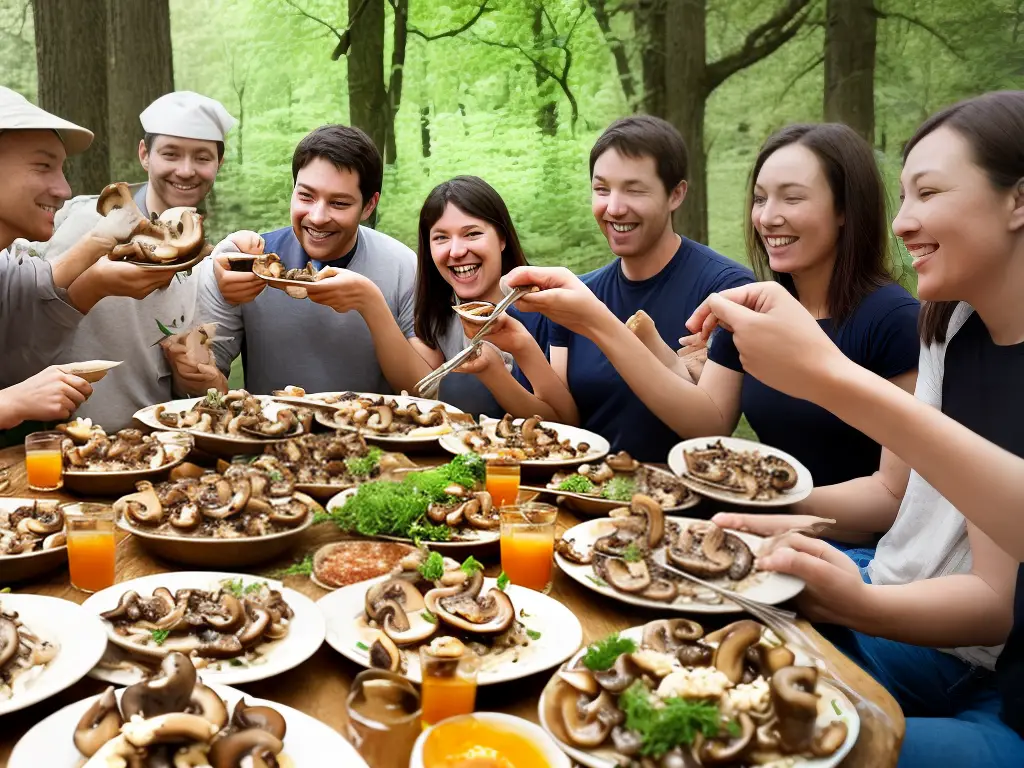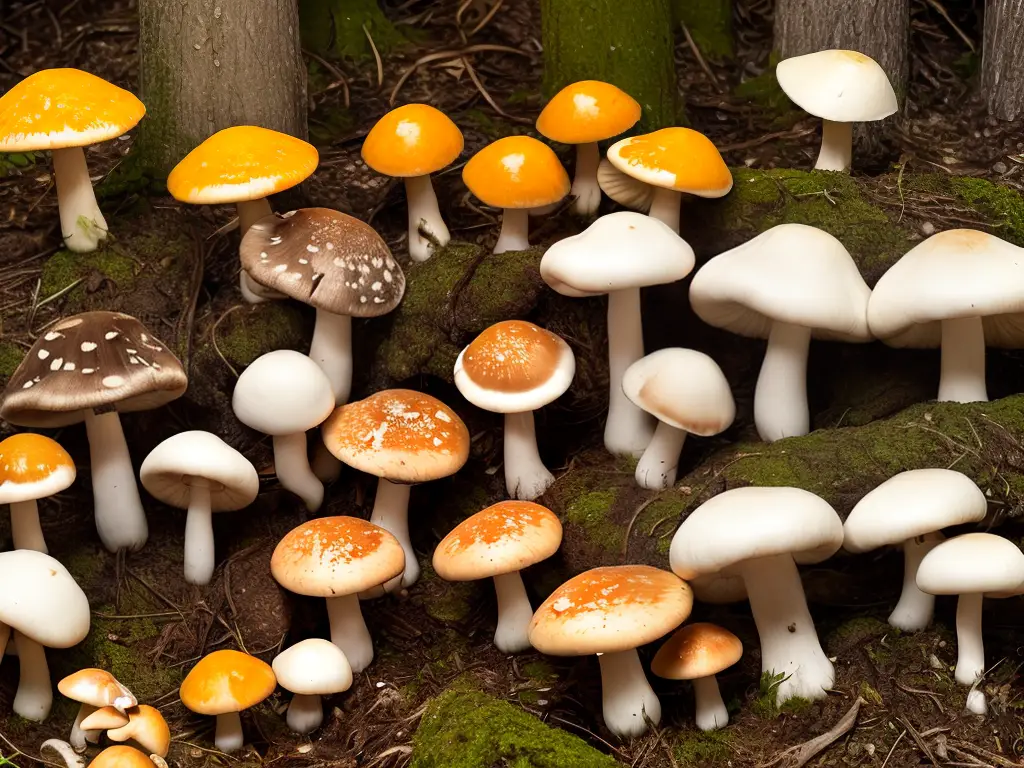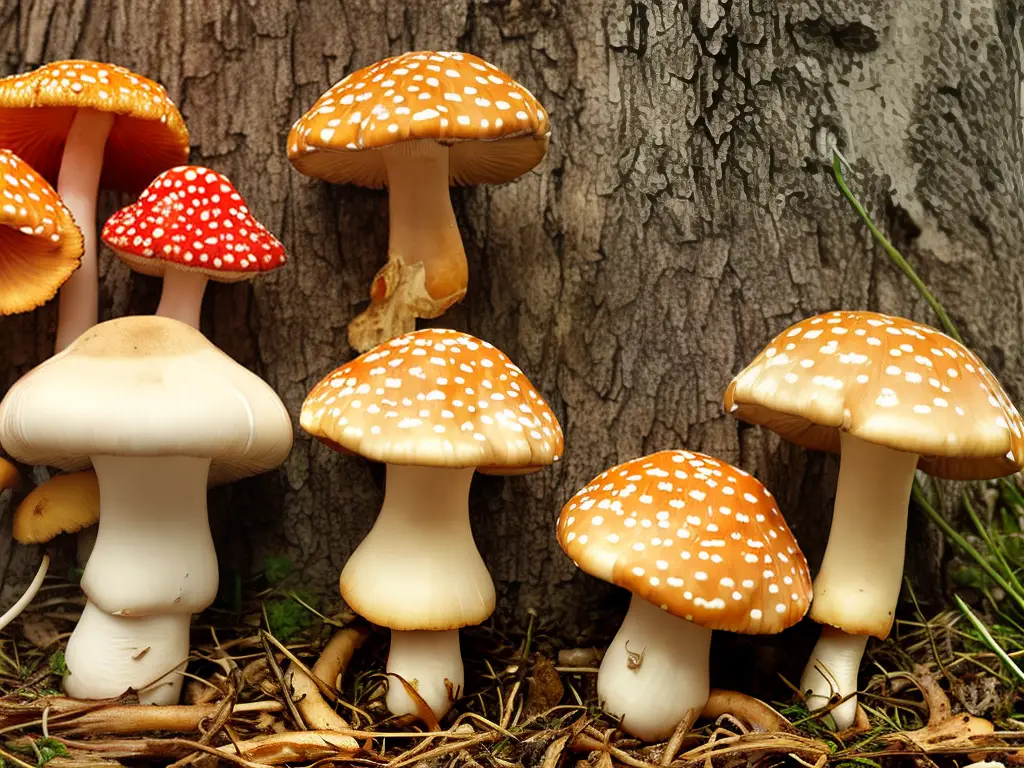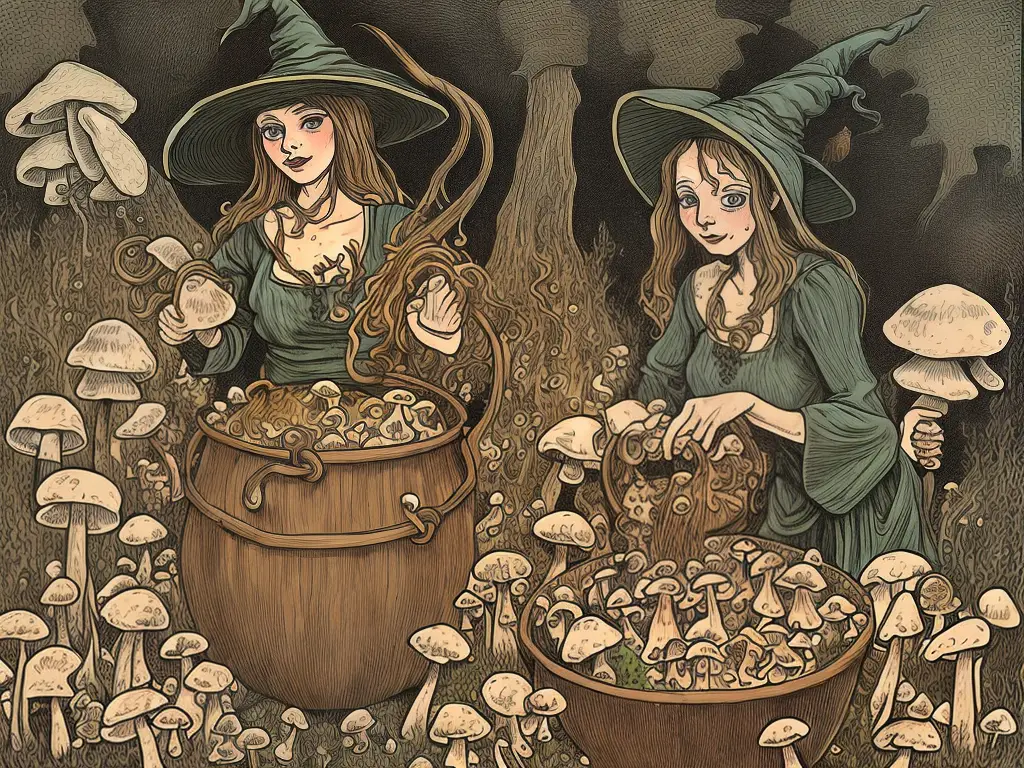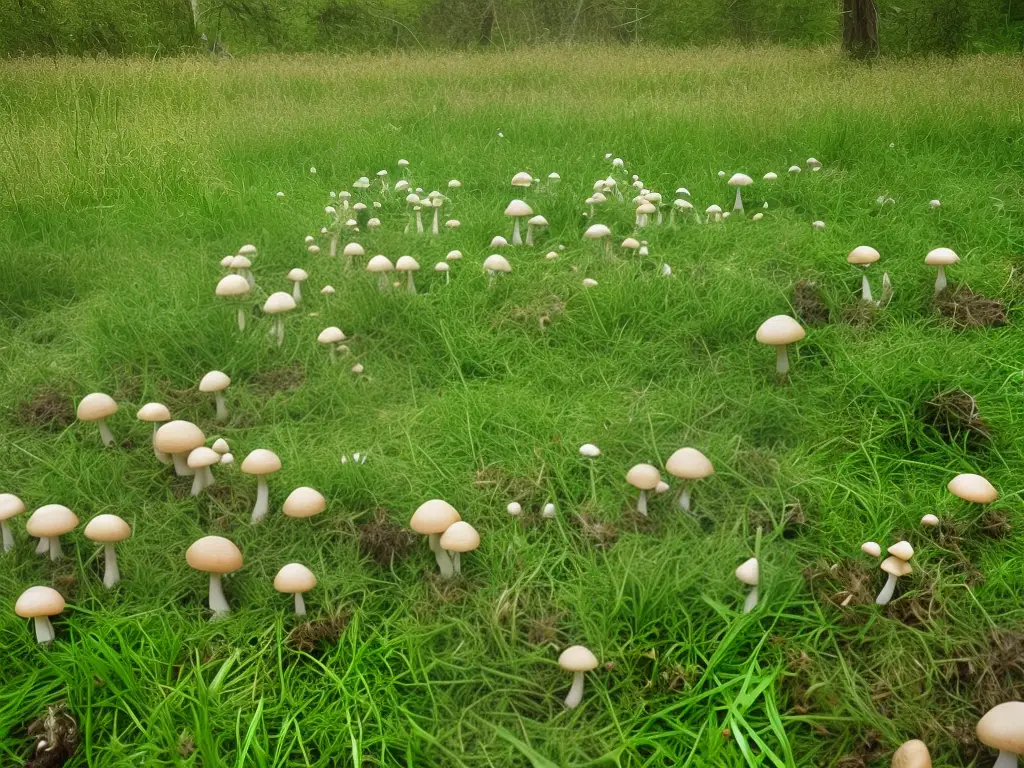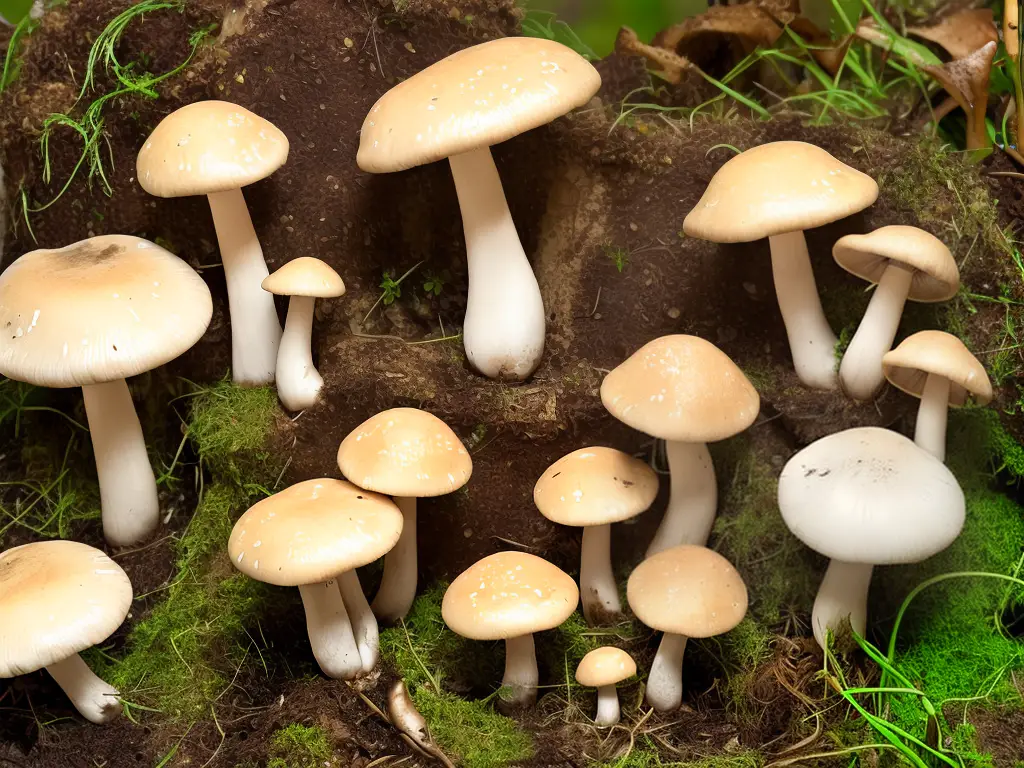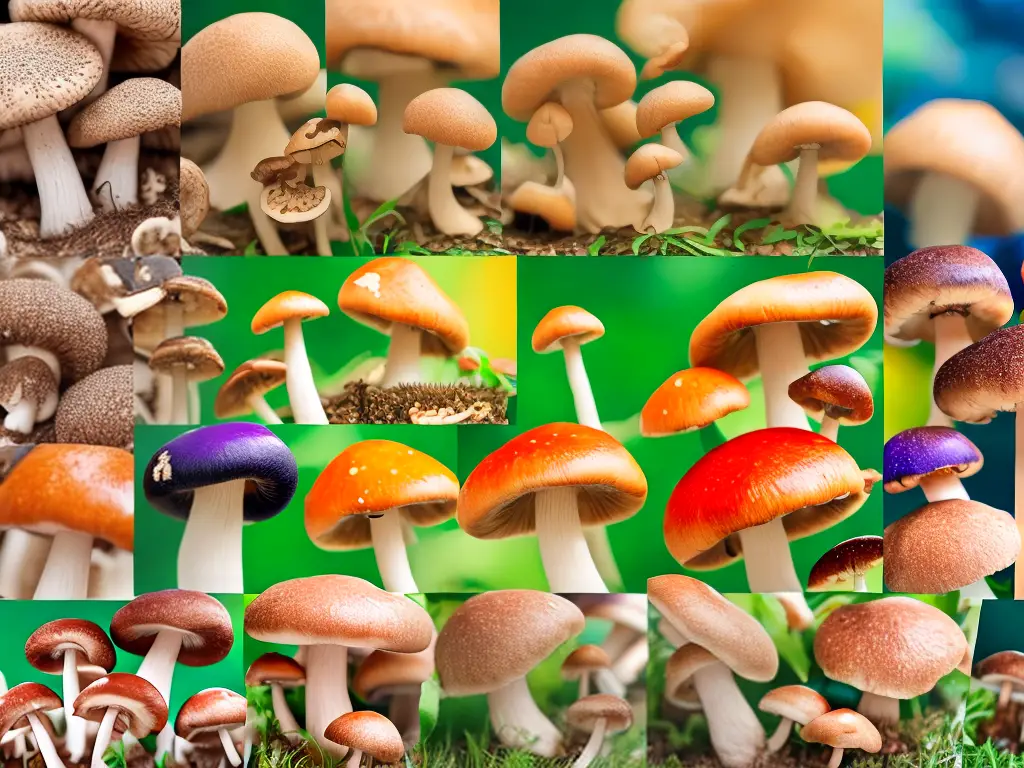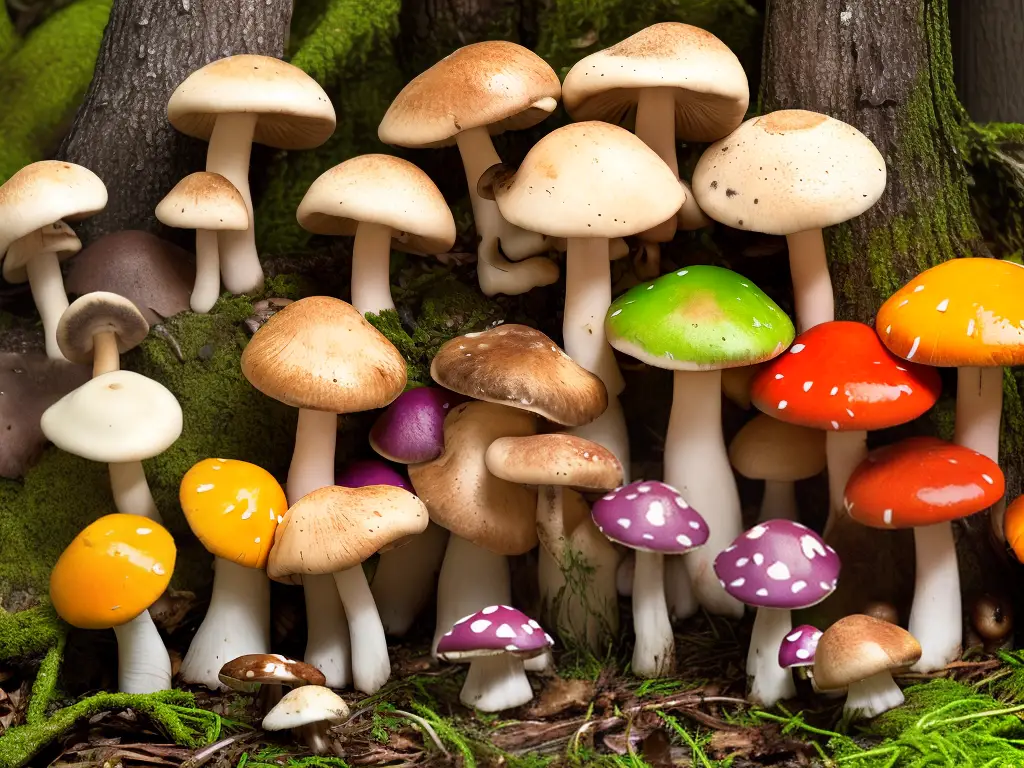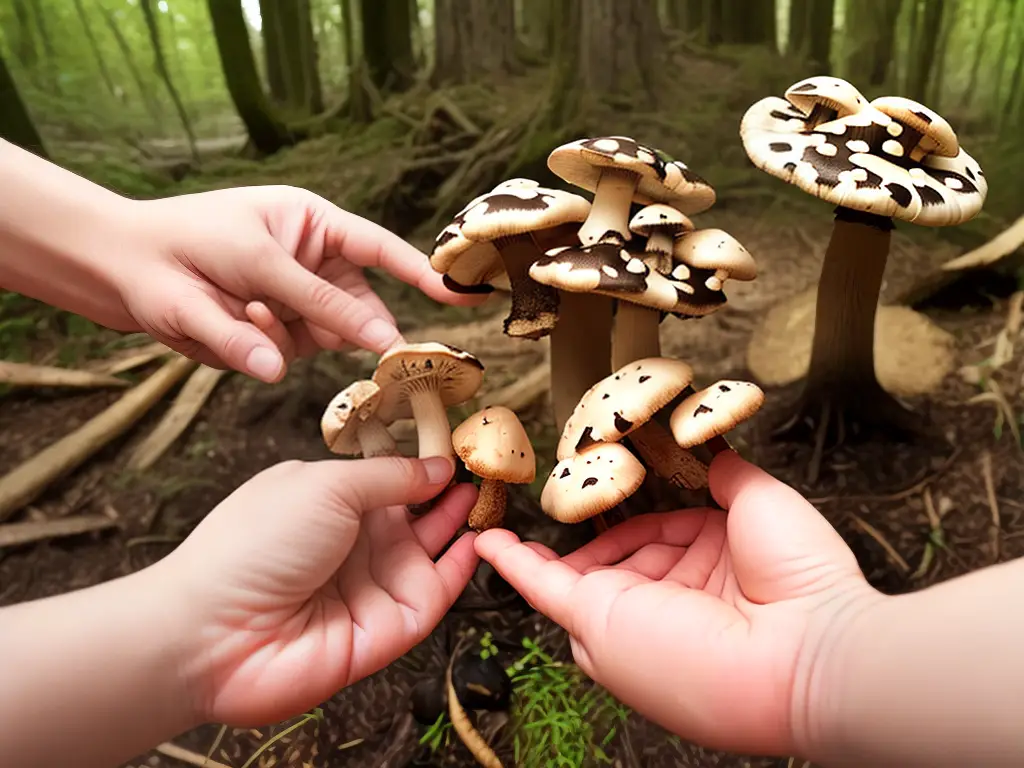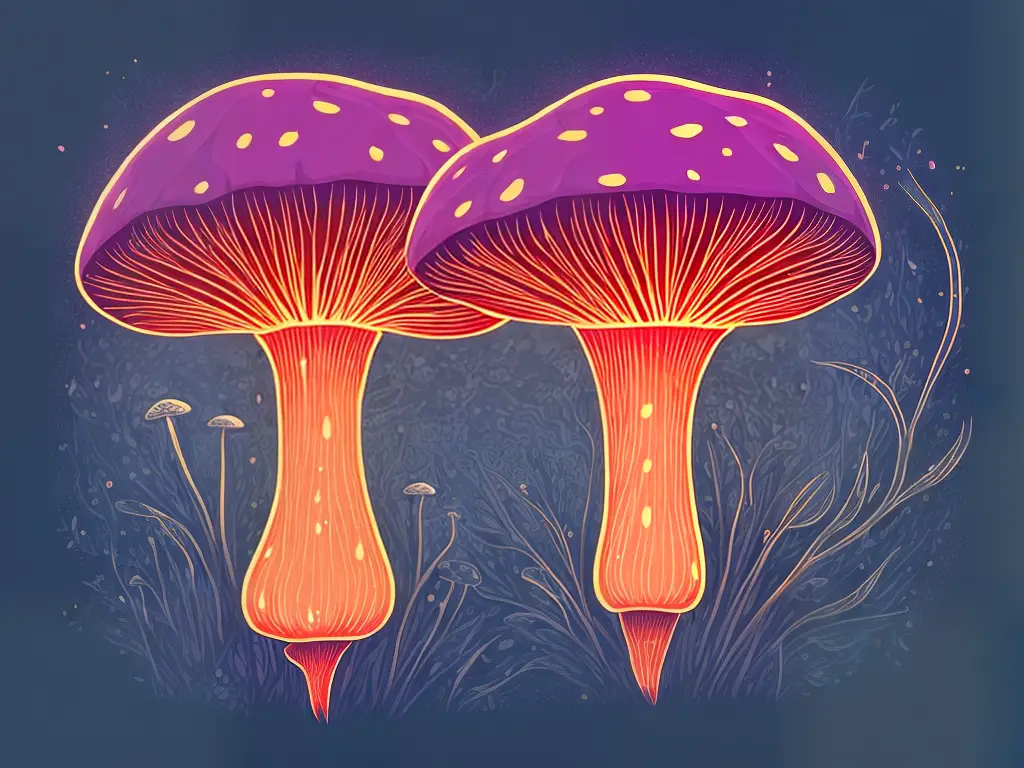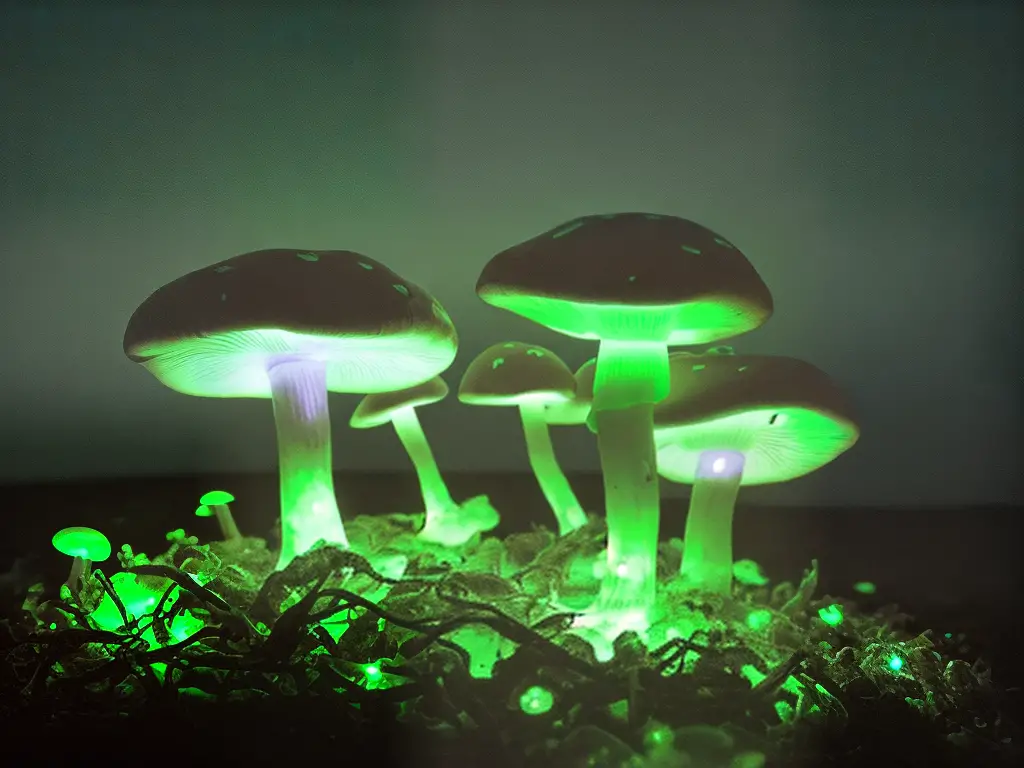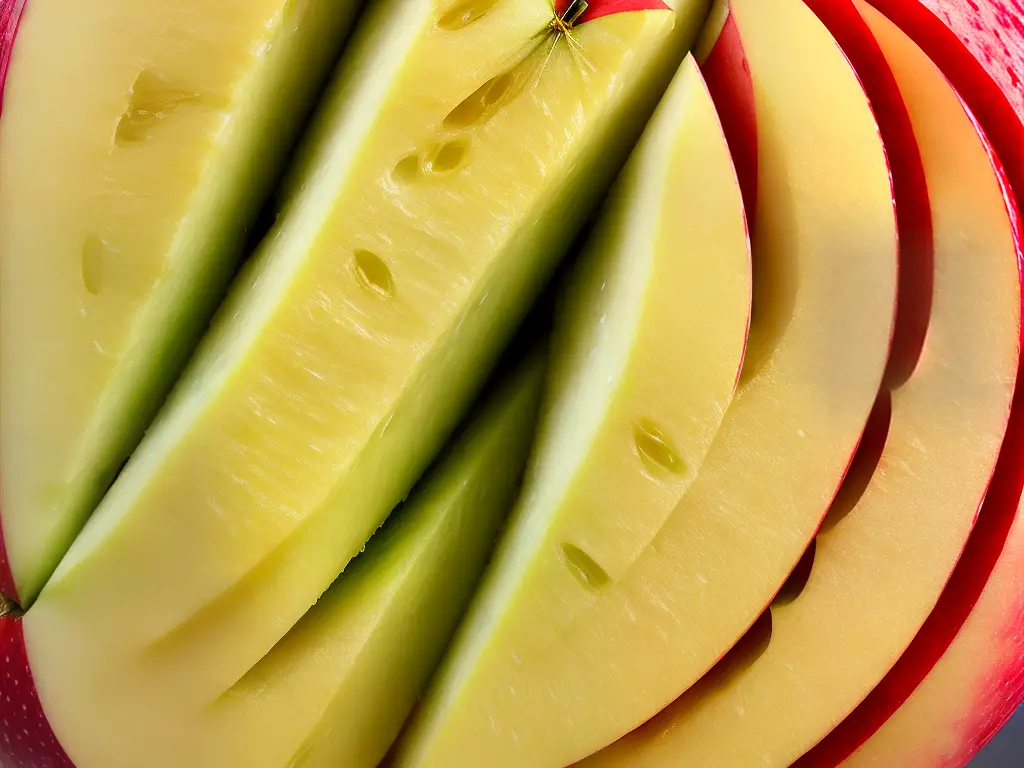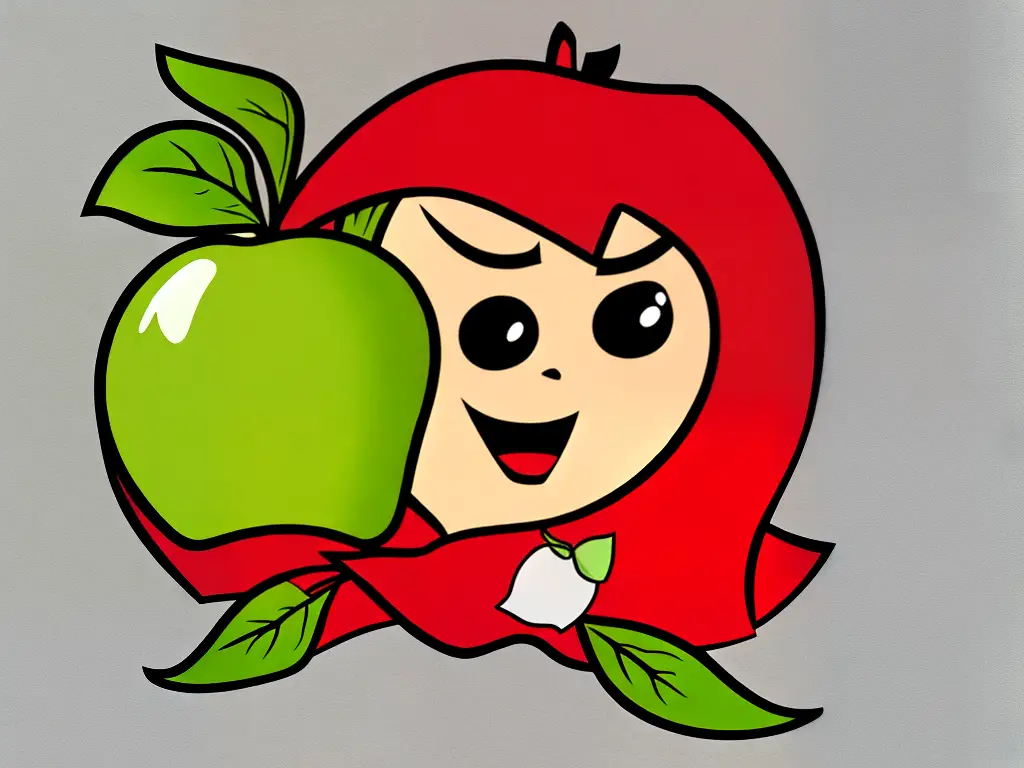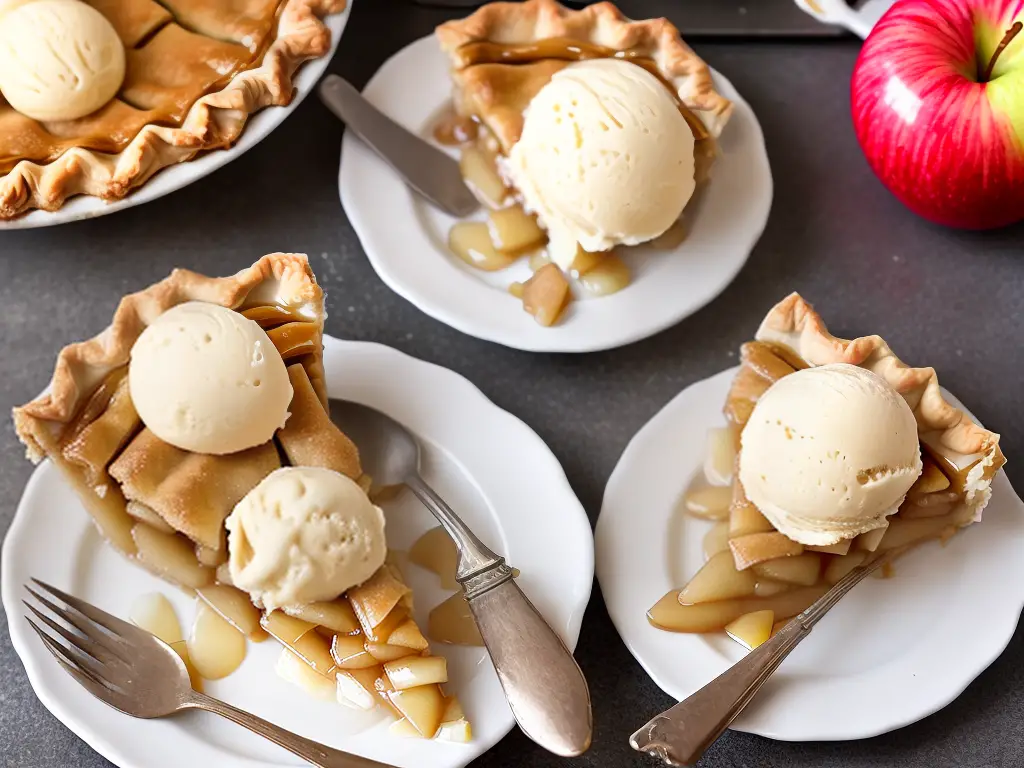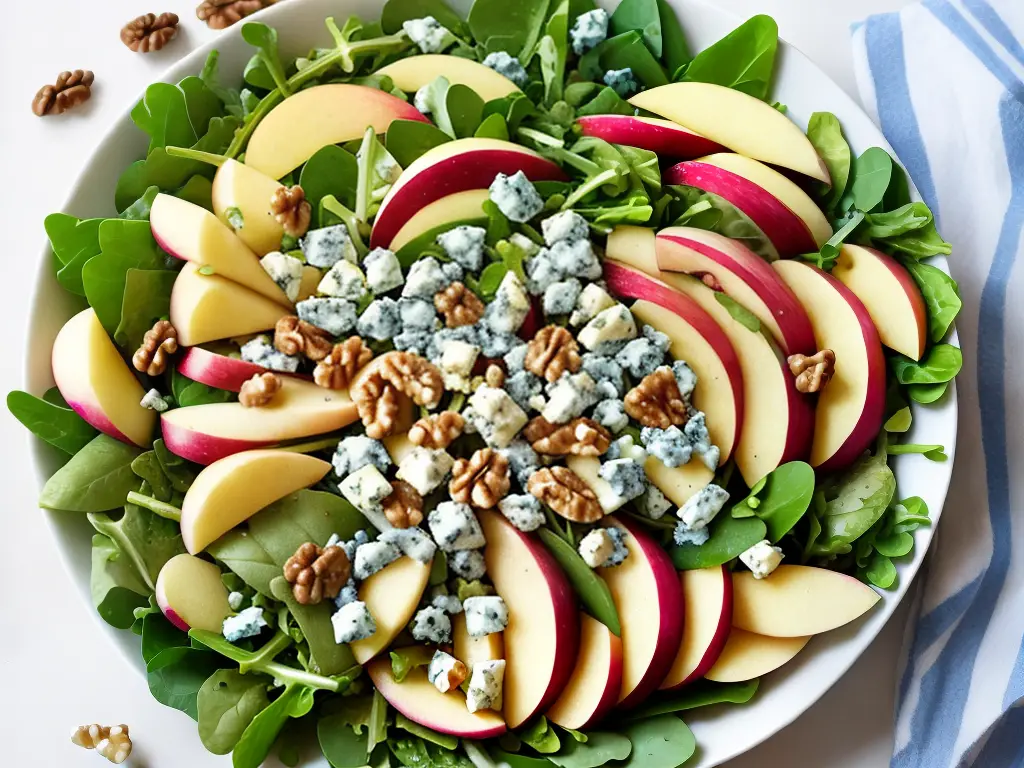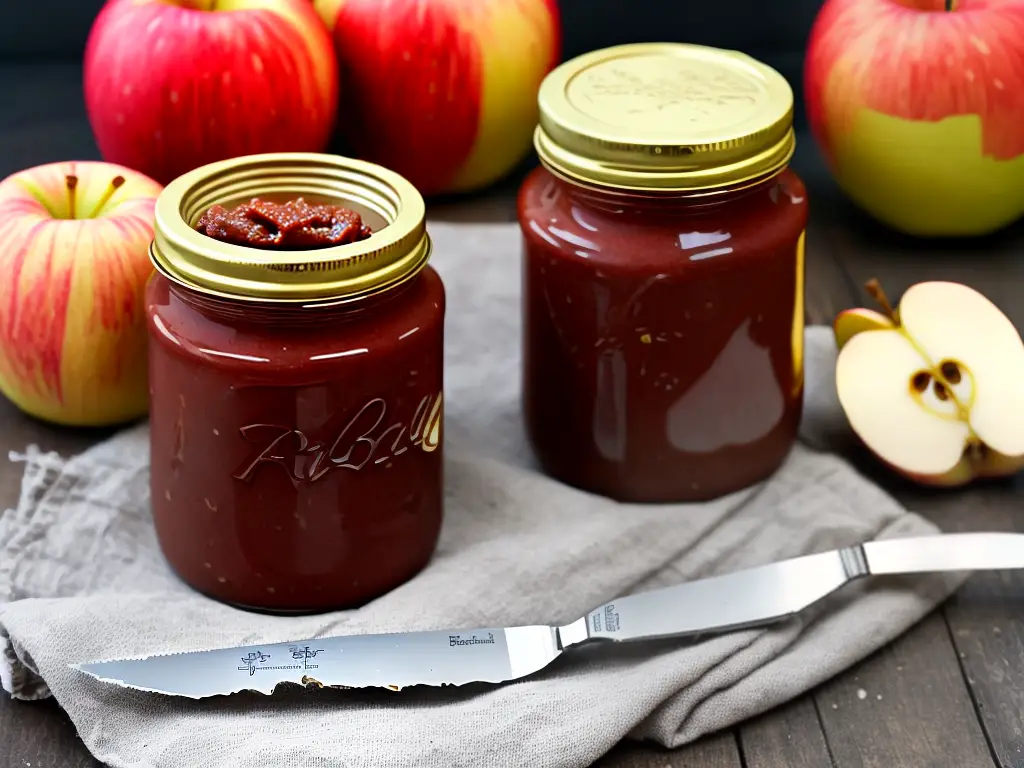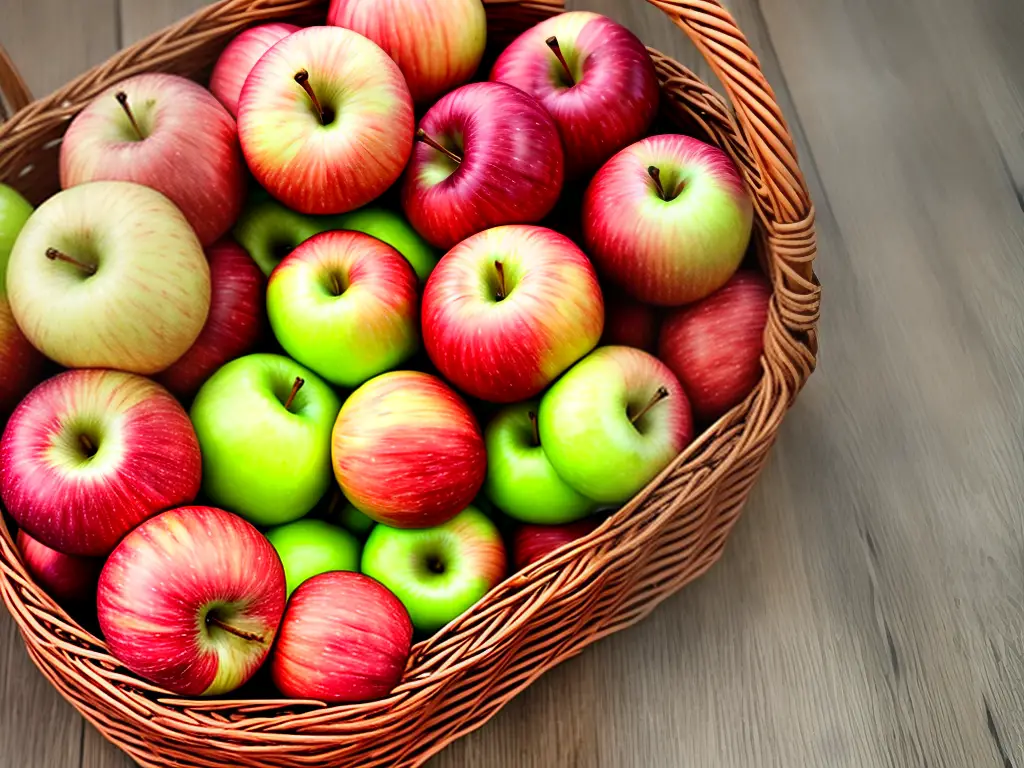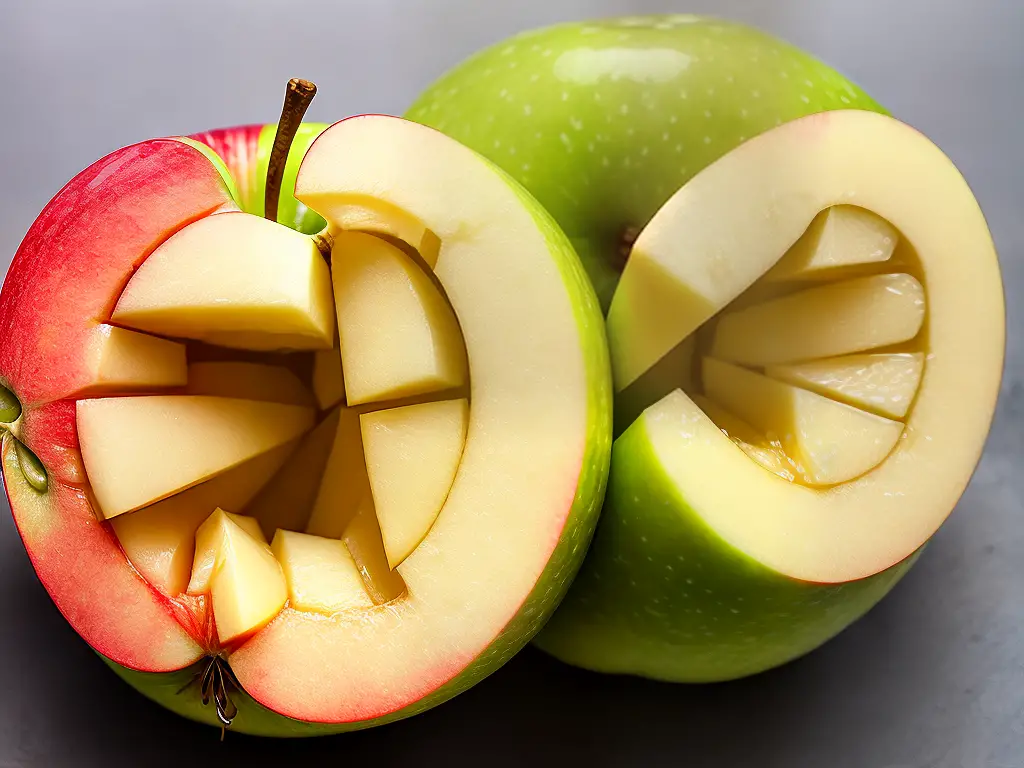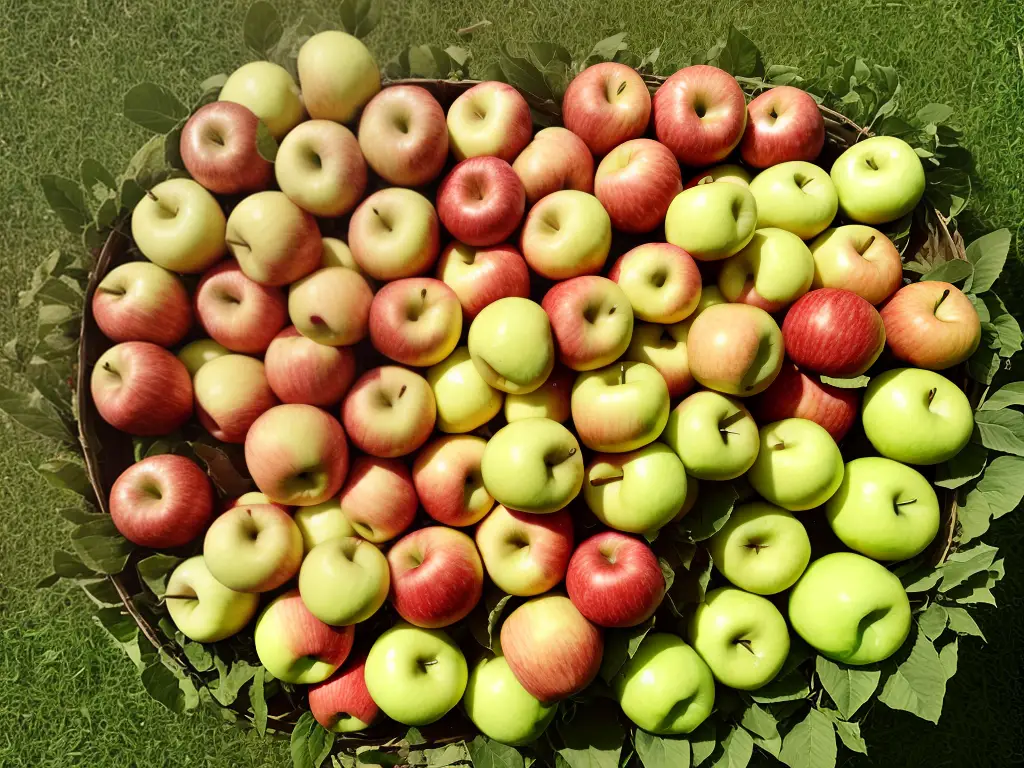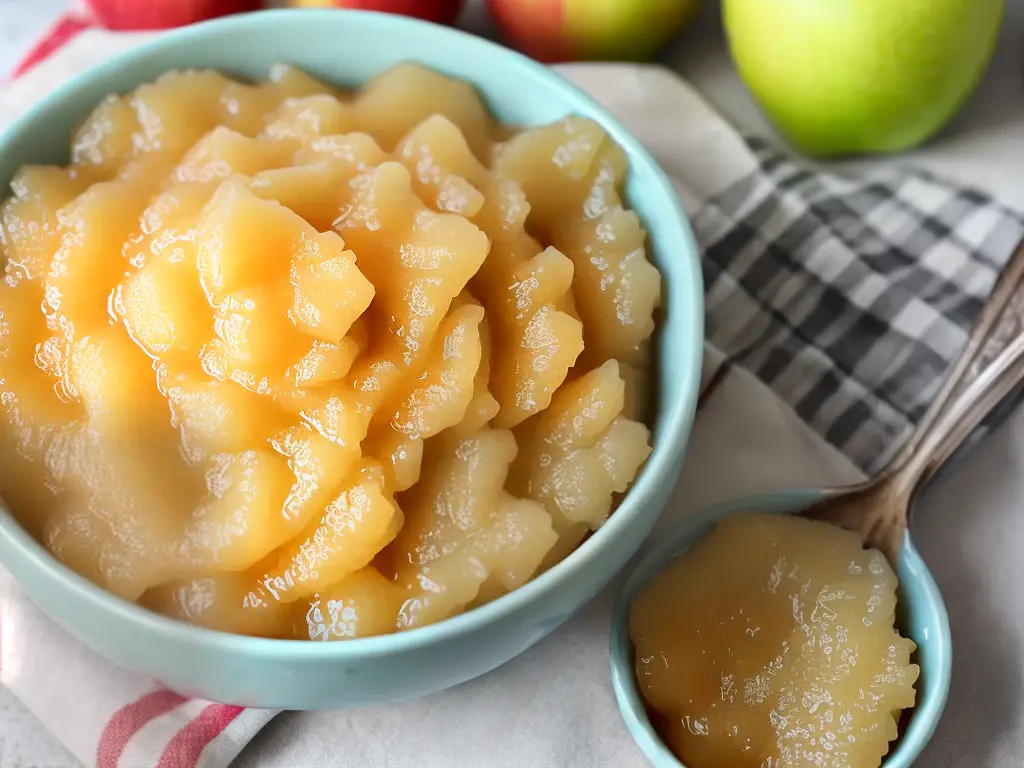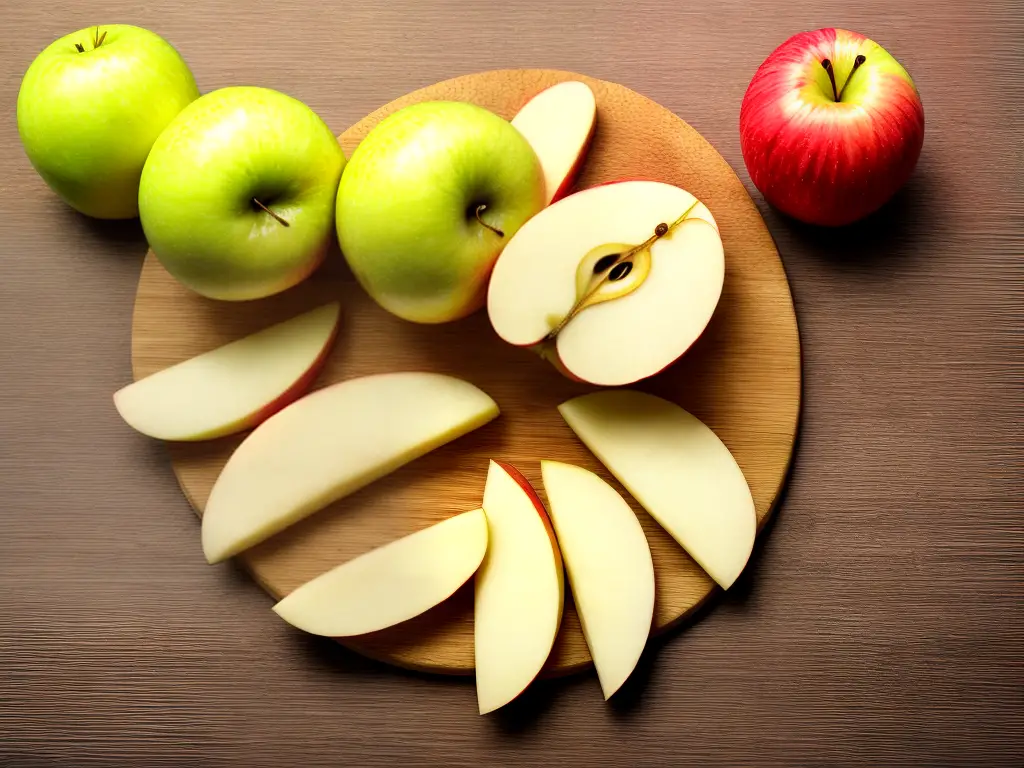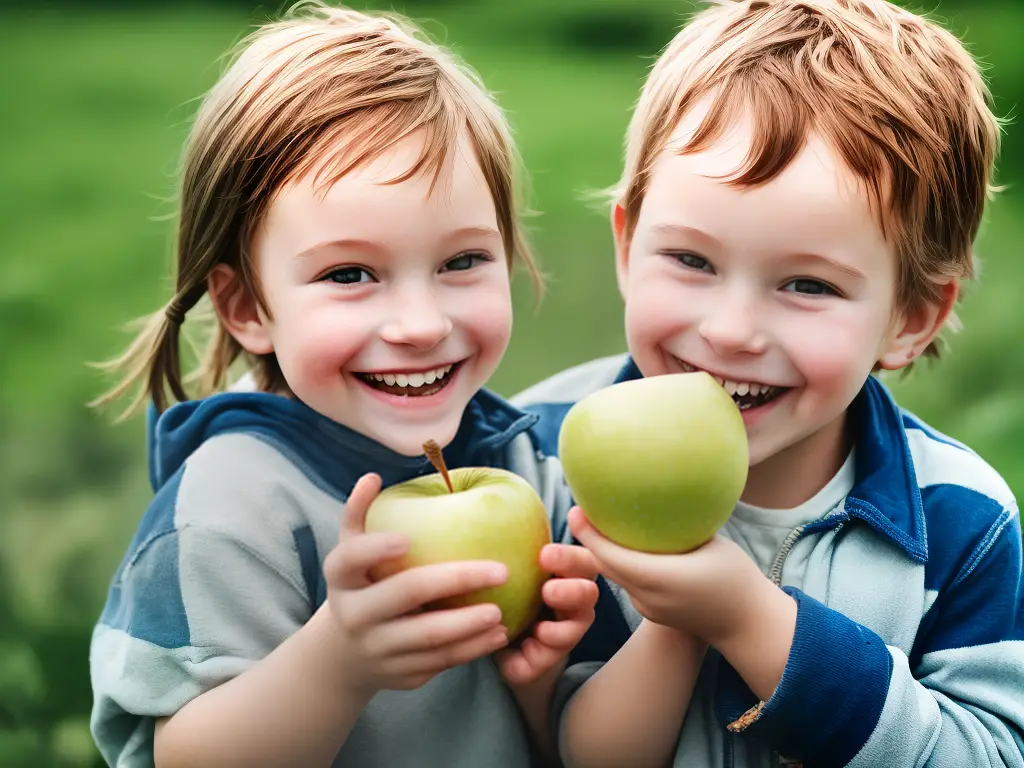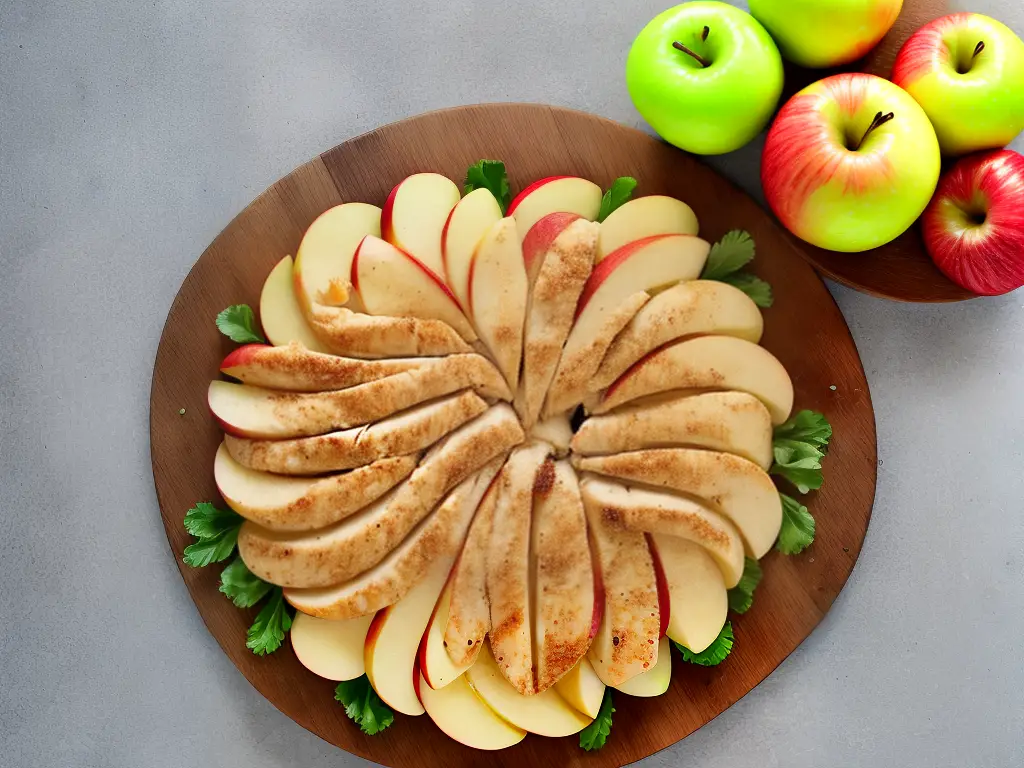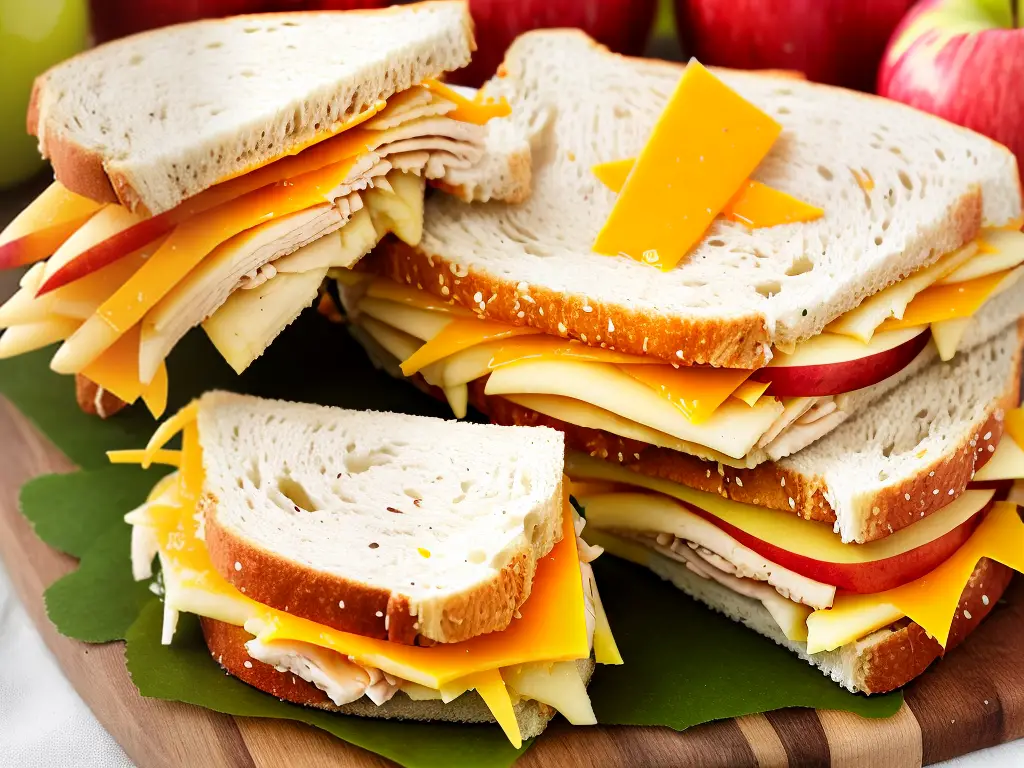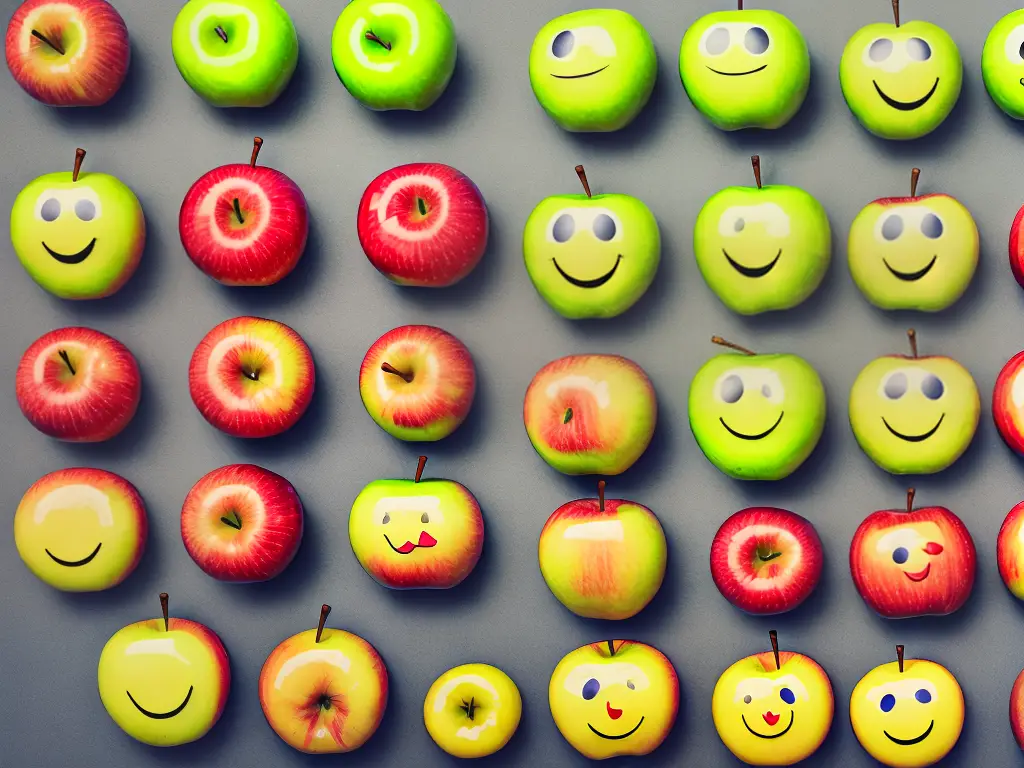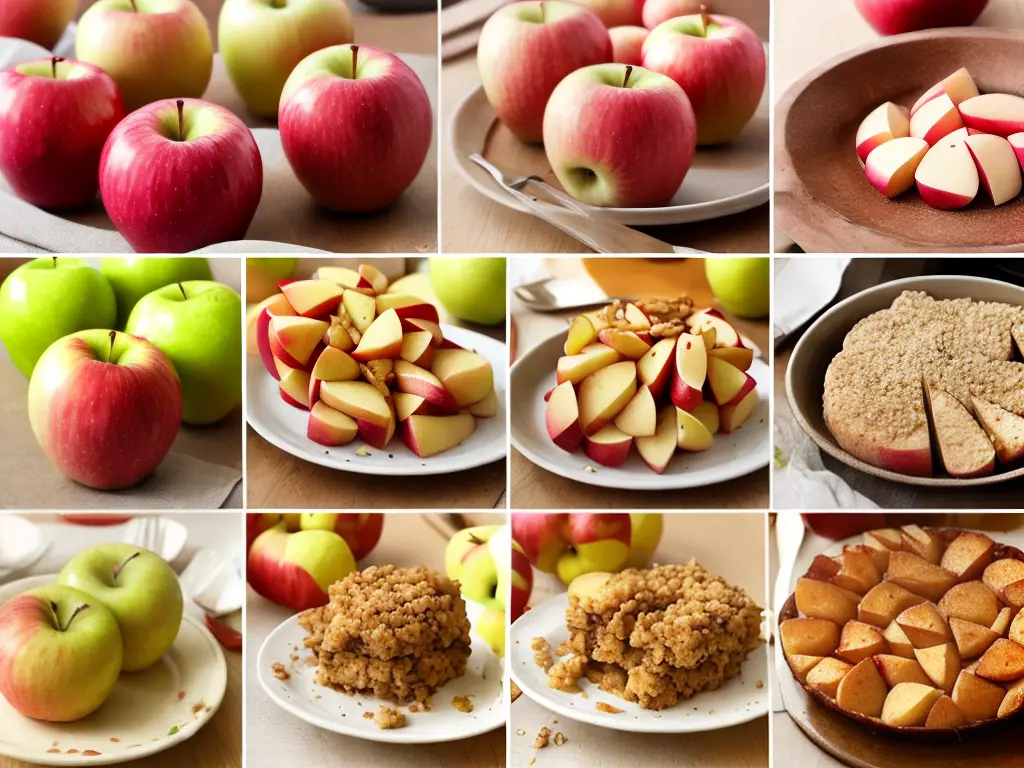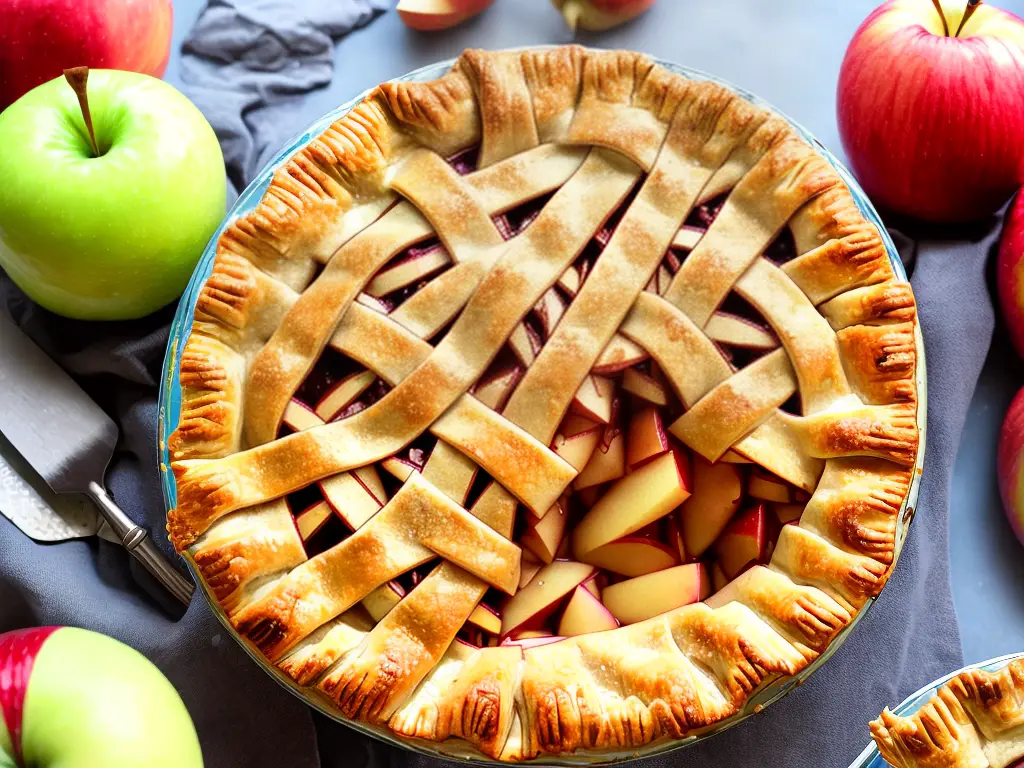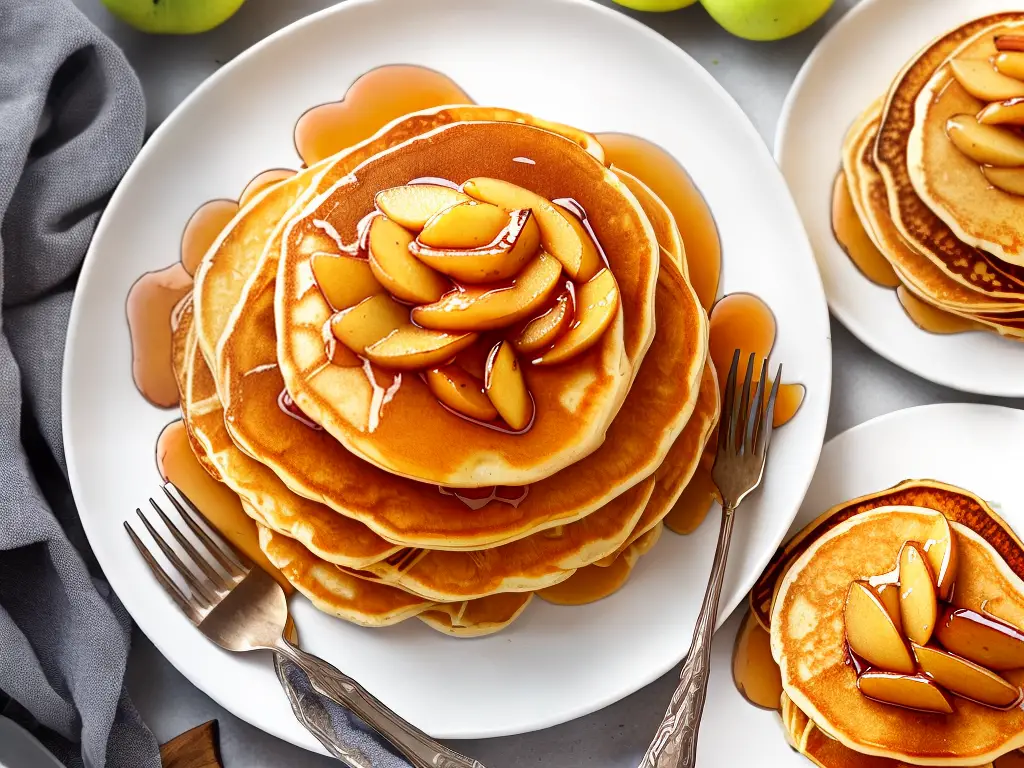Introduction
Our planet is an amazing place full of wonders, creatures, and microorganisms. Among these many living things, mushrooms have a special place. Fungi, the group of organisms that include mushrooms, have long fascinated people with their unusual features and behaviors. Throughout history, various cultures have come up with interesting myths and superstitions surrounding mushrooms. Let’s dig deeper into these fascinating stories and learn the truth about some of the most common mushroom myths and myths from around the world!
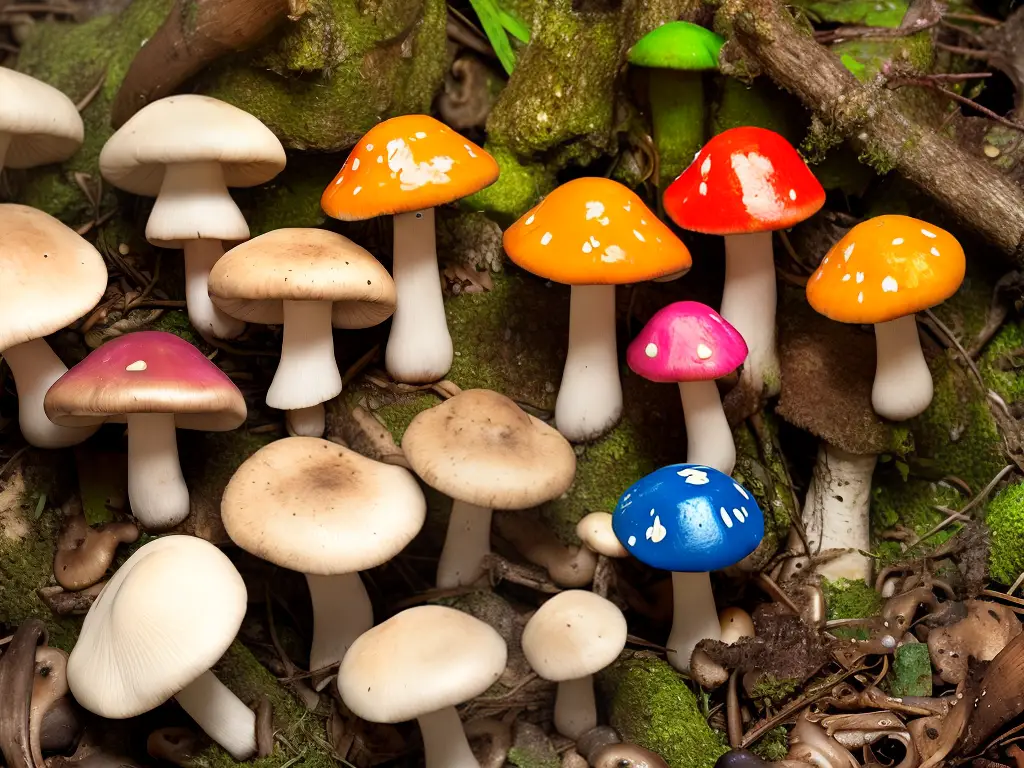
Myth #1: All Mushrooms Are Poisonous
Many people believe that all mushrooms are poisonous, and eating one will lead to sudden death or illness. However, this is not true! While some wild mushrooms can be toxic, the majority of mushrooms are harmless. There are thousands of mushroom species, only a small percentage are toxic, and even fewer are deadly. To distinguish between poisonous and non-poisonous mushrooms, it’s important to study them closely and know the features of different species. Or, stick to eating mushrooms from a reliable source, like a grocery store!
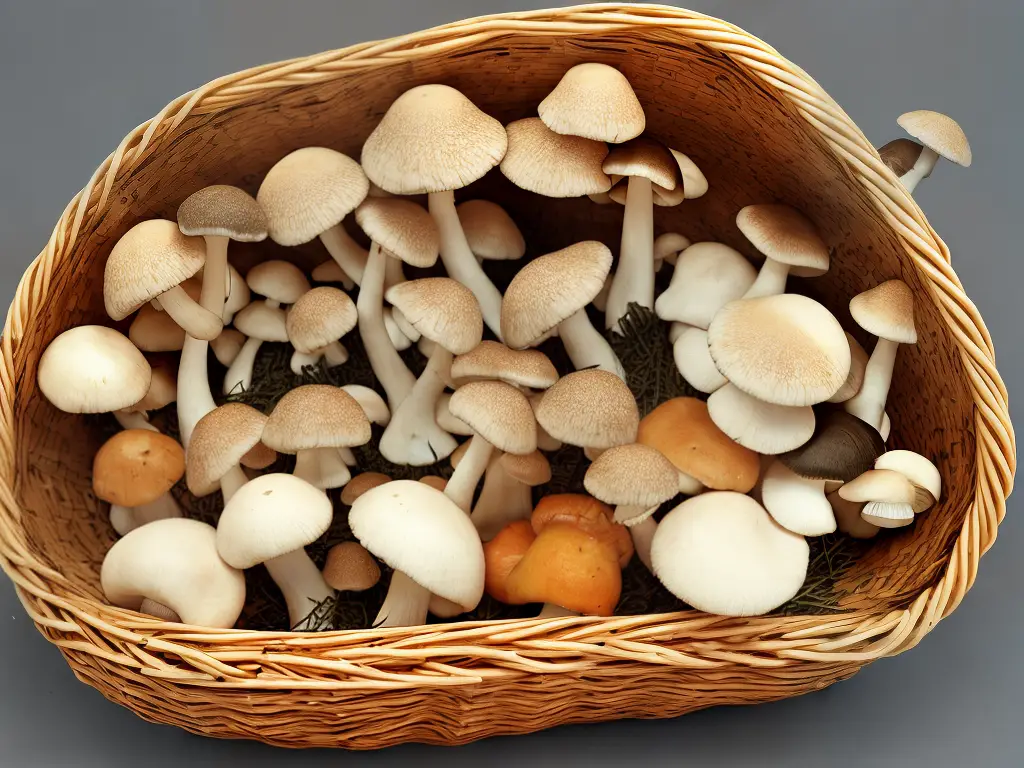
Myth #2: The Fly Agaric Is The Most Poisonous Mushroom
The Fly Agaric, also known as the ‘toadstool,’ is a red mushroom with white spots that many people associate with being deadly poisonous. However, this is not entirely true. While the Fly Agaric is toxic and can cause unpleasant symptoms like hallucinations, vomiting, and convulsions, it is rarely fatal. There are other mushrooms, like the Death Cap and the Destroying Angel, which are far more toxic and deadly.
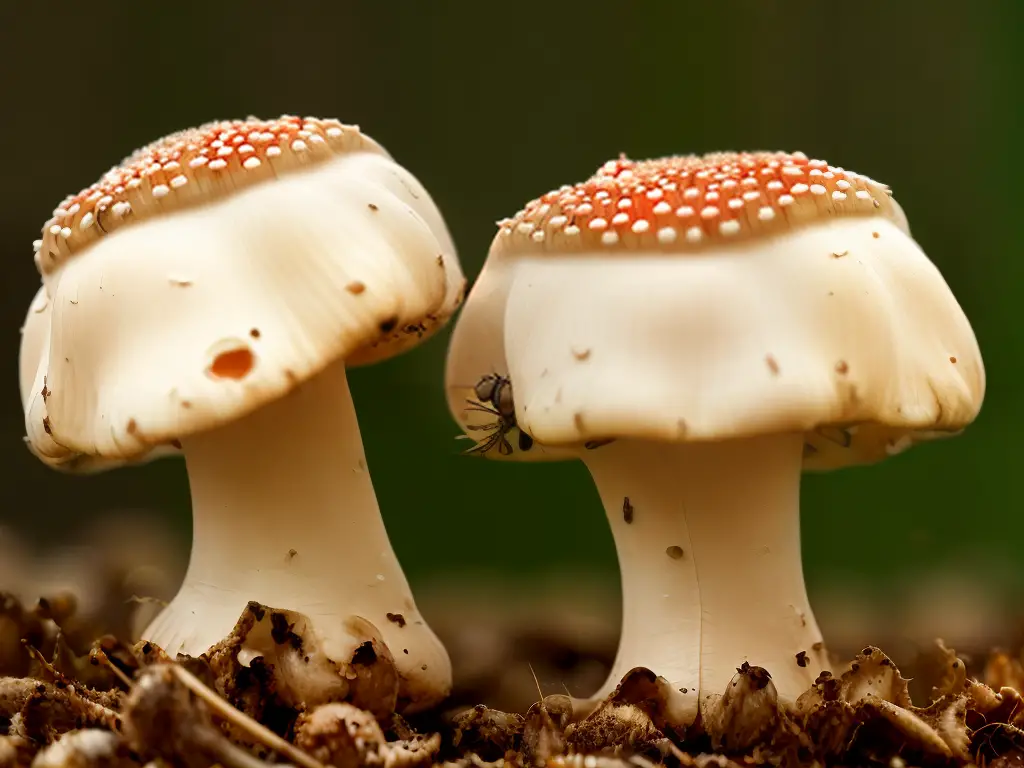
Myth #3: Touching A Poisonous Mushroom Will Make You Sick
Some people believe that simply touching a poisonous mushroom can cause illness or death. However, it’s not true. While it’s not a good idea to handle wild mushrooms if you don’t know what they are, merely touching a toxic mushroom isn’t going to hurt you. Just make sure you don’t accidentally ingest any toxins by touching your mouth or eyes immediately after handling an unknown mushroom. And remember, this doesn’t give you the green light to go touching all the mushrooms you see, because some may cause skin irritation or an allergic reaction.
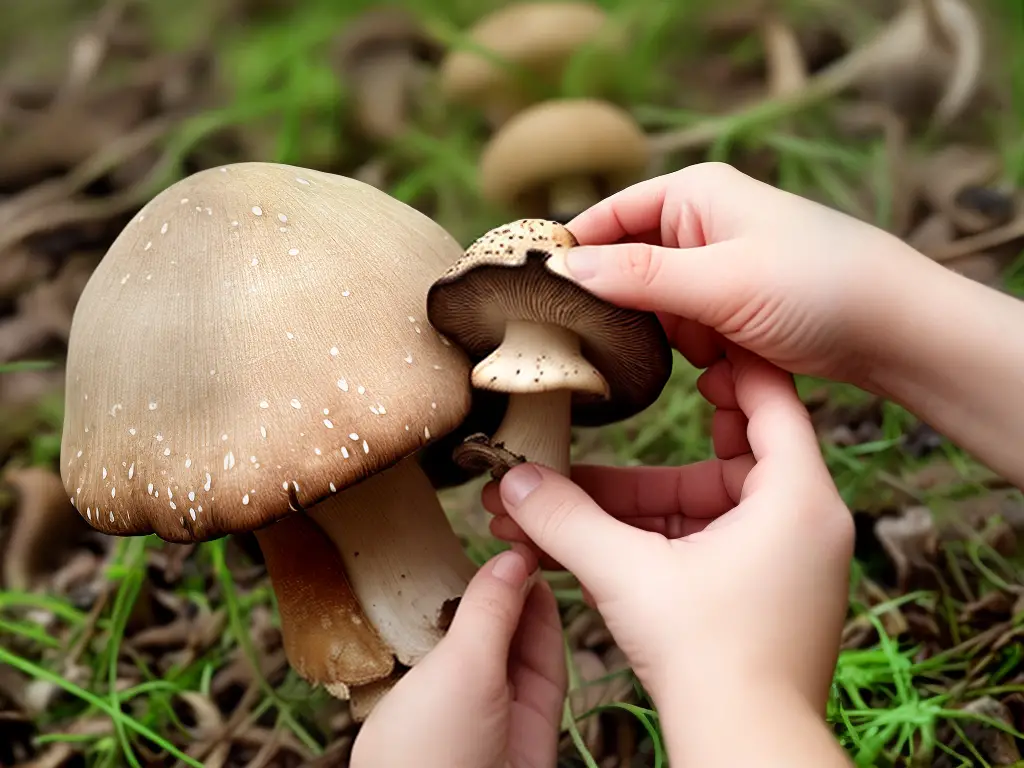
Myth #4: You Can Test A Mushroom’s Edibility By Cooking It With Silverware
Another widespread myth is that you can test a mushroom’s edibility by cooking it with a silver spoon or fork, and if it turns black, it’s poisonous. This belief has no scientific basis. The silverware test is nothing but a myth and shouldn’t be relied upon for identifying edible mushrooms. Instead, refer to a field guide, ask an experienced forager, or only consume mushrooms from reliable sources like a grocery store or a restaurant.
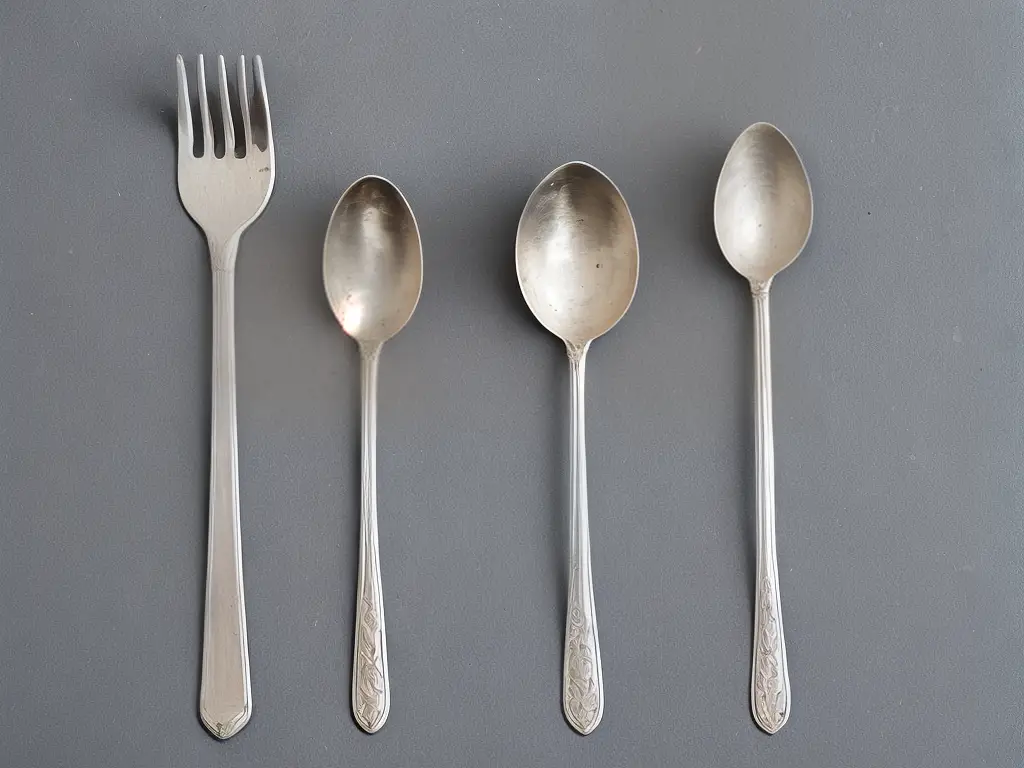
Myth #5: Lightning Makes Mushrooms Grow
There’s an old belief that lightning causes mushrooms to grow overnight. While it’s true that mushrooms can pop up quickly after rain, there’s no evidence that lightning plays any role in their growth. Rain can create ideal conditions for mushrooms to grow, but the amount of rainfall and the timing of it are the main factors at play. This myth originates from the fact that many mushrooms, like their name suggests, appear during or after thunderstorms, which would have been associated with lightning.
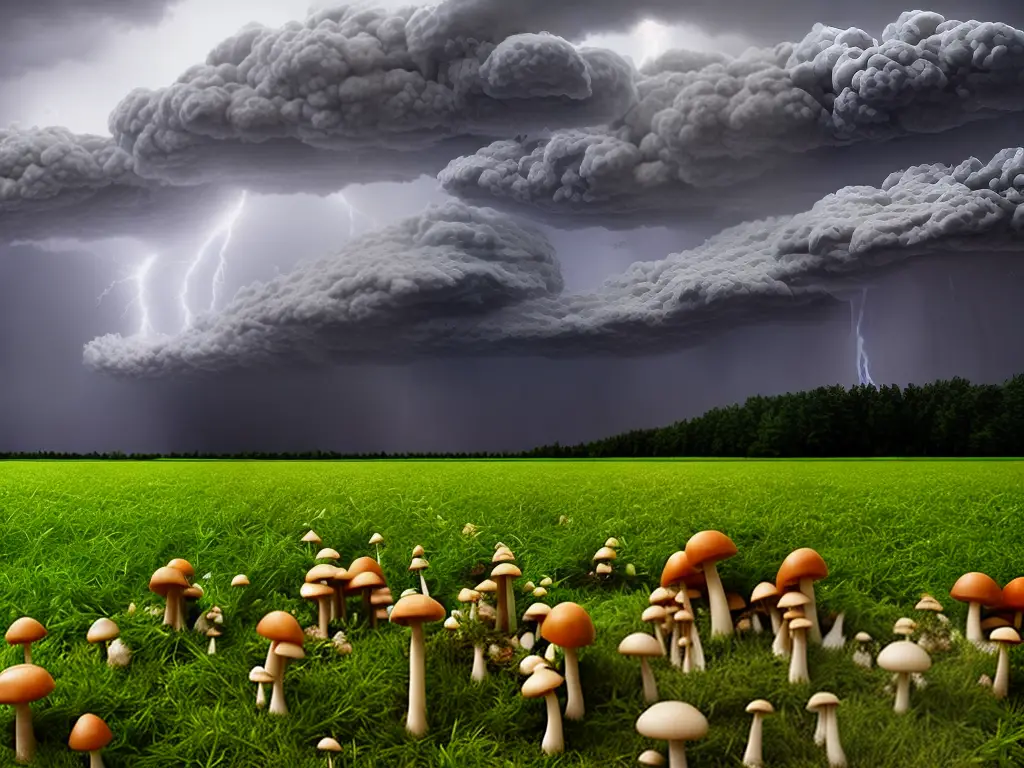
Superstitions Surrounding Mushrooms
In addition to the myths mentioned above, various cultures have some fascinating superstitions surrounding mushrooms. Here are a few:
- In Slavic folklore, it was believed that mushrooms were the work of evil spirits or witches. To protect themselves, people would draw crosses on mushrooms or throw them into a fire.
- Some ancient cultures believed that mushrooms possessed magical properties and could be used as a tool to communicate with the gods.
- In ancient Rome, it was believed that mushrooms could grant superhuman strength, and warriors would consume them before battles to become invincible.
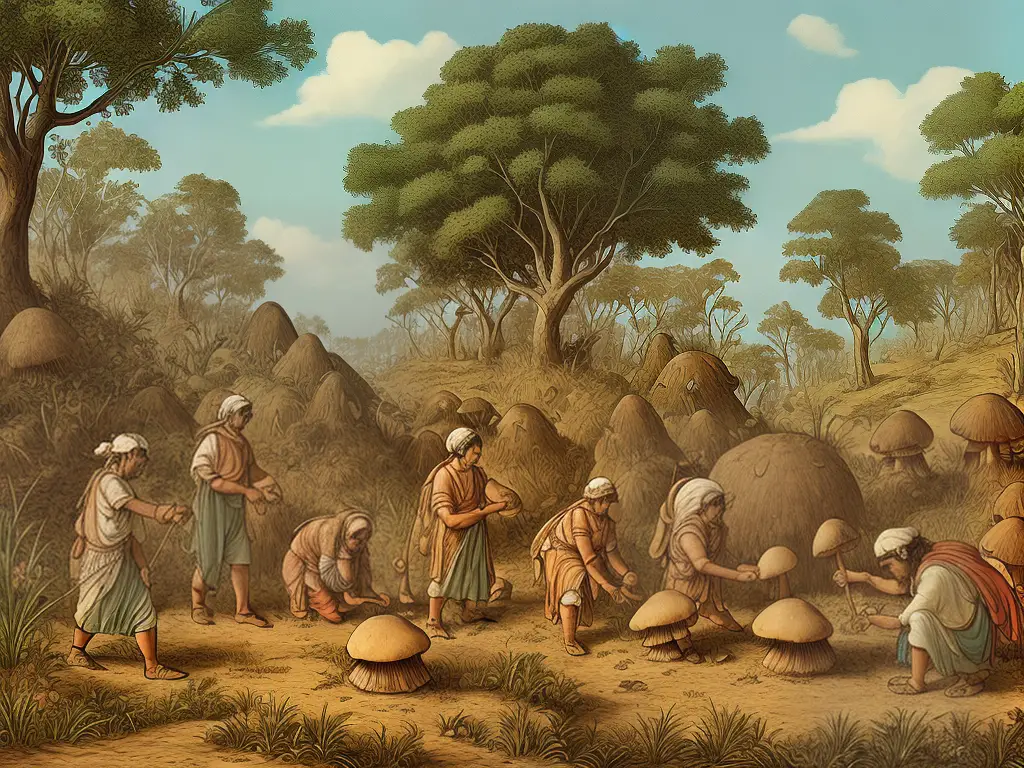
Conclusion
Myths and superstitions surrounding mushrooms have been a part of human culture for thousands of years. They’ve inspired fear, fascination, and wonder. By learning the truth about these myths, we can better understand and appreciate the world of fungi. So, the next time you come across a mushroom, whether it’s in a grocery store, restaurant, or in the woods, remember – not everything you’ve heard about mushrooms is true!
